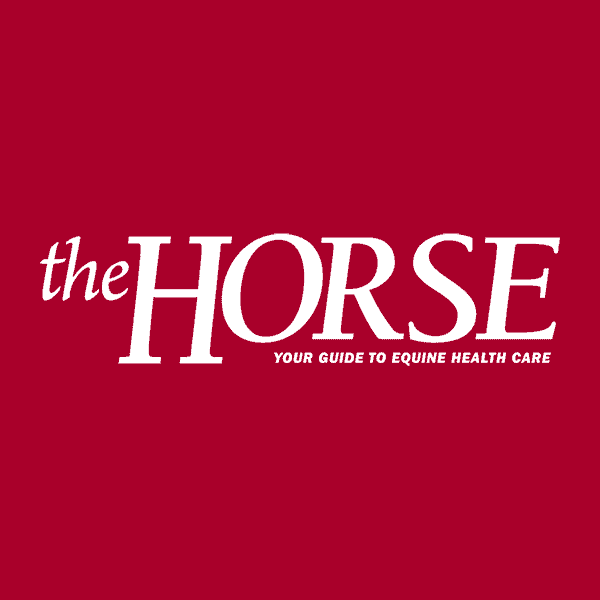Wild Horses EIA Update
The week of July 1 saw the completion of the third phase of the gather of BLM horses in the Agency Draw area where all 50 animals tested negative for EIA. Previously, in the East Bonanza Horse Management Area only one horse o
- Topics: Article, Wild & Feral Horses
The week of July 1 saw the completion of the third phase of the gather of BLM horses in the Agency Draw area where all 50 animals tested negative for EIA. Previously, in the East Bonanza Horse Management Area only one horse of 97 was found to be positive for EIA. However, 51% of the horses tested on BLM ground west of the management unit, in the area known as Natural Buttes, and on the adjacent White River area of the Ute Reservation, were found to be positive for EIA. A total of 84 animals out of 163 tested were positive for EIA in that area. The remaining negative animals in that herd are considered exposed and will be quarantined for 45 days and retested before being released. Further gathering and testing will be done on the herd next year as part of an ongoing surveillance effort. Initially, 172 animals in the Tabayago Management unit tested negative for the disease.
The gather of Ute Tribal horses in the Hill Creek area continues as well, where 260 animals have been gathered and only two have tested positive for EIA. Both of these animals are said to have originated in the infected area at White River. The tribe is concerned about the risk to privately owned animals, and has focused attempts to have all the threatened animals in the White River risk area tested. Another three privately owned animals near Touwave Reservoir tested positive this week. State Veterinarian, Dr. Michael R. Marshall, is recommending that all horse owners in the area have their horses tested.
All the positive animals have been eliminated except 11 foals. The foals are the subject of a Temporary Restraining Order (TRO) filed by the International Society for the Protection of Mustangs and Burros against the BLM. The foals have tested positive as well as their dams. It is possible that the foals have tested positive because of antibodies transferred in the colostrum from their mothers, and that, if given enough time, the foals may eventually test negative. The problem presented is where and how to house the foals without placing other animals at risk during the vector season.
The Utah State Veterinarian, BLM administrators, researchers, and animal rights advocates are working to seek a solution. The animals may not be transported interstate under federal regulations except to an approved research facility or to slaughter. In the meantime, the foals remain confined under quarantine. Horse owners, veterinarians, regulatory officials, and university researchers and administrators have all expressed support for this disease control effort. It is truly unique, both in scope and in cooperative effort of private, tribal, and government interests. It is the desire of all involved to have healthy herds, free of disease TheHorse.com is home to thousands of free articles about horse health care. In order to access some of our exclusive free content, you must be signed into TheHorse.com. Already have an account?Create a free account with TheHorse.com to view this content.
Start your free account today!
and continue reading.

Written by:
The Horse Staff
Related Articles
Stay on top of the most recent Horse Health news with















